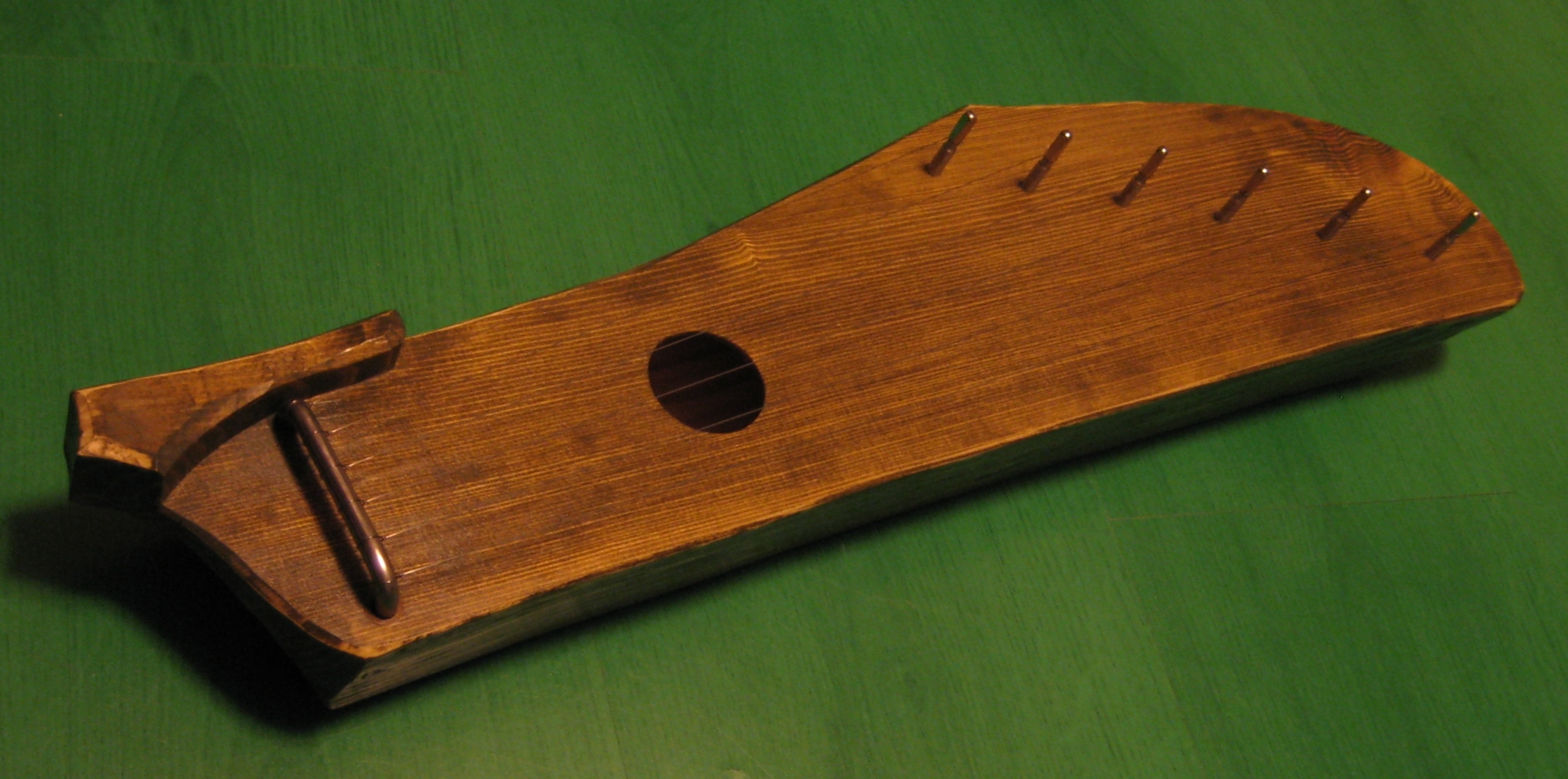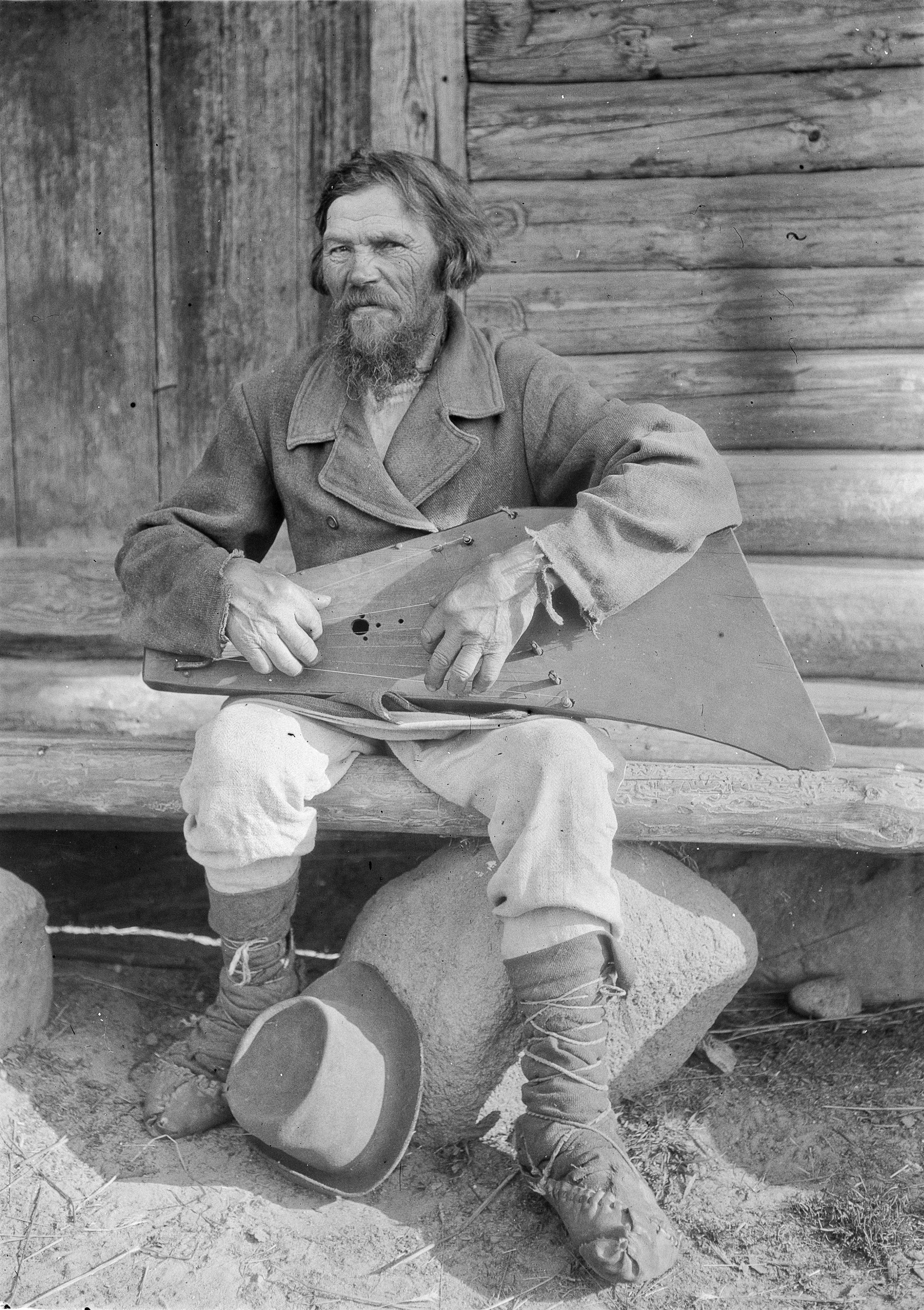kannel (instrument) on:
[Wikipedia]
[Google]
[Amazon]

 Kannel () is an Estonian plucked string instrument (
Kannel () is an Estonian plucked string instrument (''Postimees: Pärimusmuusika ait lööb uksed valla''
(in Estonian)
Ancient Lithuanian Kanklės
Institute of Ethnomusic, Vilnius, Lithuania
 The kannel became rare in the early 20th century, though surviving in some parts of the Estonian diaspora, until cultural movements under the Soviets encouraged the development and playing of larger chromatic kannels. However, influence from neighboring traditional Finnish kantele players supported the playing of the traditional smaller kannels.
The kannel became rare in the early 20th century, though surviving in some parts of the Estonian diaspora, until cultural movements under the Soviets encouraged the development and playing of larger chromatic kannels. However, influence from neighboring traditional Finnish kantele players supported the playing of the traditional smaller kannels.
 The kannel serves as a national symbol of Estonia;
The kannel serves as a national symbol of Estonia;

 Kannel () is an Estonian plucked string instrument (
Kannel () is an Estonian plucked string instrument (chordophone
String instruments, stringed instruments, or chordophones are musical instruments that produce sound from vibrating strings when a performer plays or sounds the strings in some manner.
Musicians play some string instruments by plucking the ...
) belonging to the Baltic box zither
The box zither is a class of stringed instrument in the form of a trapezoid-shaped or rectangular, hollow box. The strings of the box zither are either struck with light hammers or plucked. Among the most popular plucked box zithers are the Arab ...
family known as the Baltic psaltery
Baltic psaltery is a family of related plucked box zithers, psalteries, historically found in the southeast vicinity of the Baltic Sea and played by the Baltic people, Baltic Finns, Volga Finns and northwestern Russians.
Types
Baltic psalte ...
along with Finnish kantele
A kantele () or kannel () is a traditional Finnish and Karelian plucked string instrument (chordophone) belonging to the south east Baltic box zither family known as the Baltic psaltery along with Estonian kannel, Latvian kokles, Lithuania ...
, Latvian kokles
Kokle (; ltg, kūkle) or historically kokles (''kūkles'') is a Latvian plucked string instrument (chordophone) belonging to the Baltic box zither family known as the Baltic psaltery along with Lithuanian kanklės, Estonian kannel, Finnish ...
, Lithuanian kanklės
Kanklės () is a Lithuanian plucked string instrument (chordophone) belonging to the Baltic box zither family known as the Baltic psaltery, along with the Latvian kokles, Estonian kannel, Finnish kantele, and Russian gusli.
Etymology
Acc ...
, and Russian gusli
''Gusli'' ( rus, гусли, p=ˈɡuslʲɪ) is the oldest East Slavic multi-string plucked instrument, belonging to the zither family, due to its strings being parallel to its resonance board. Its roots lie in Veliky Novgorod in Novgorodian Ru ...
. The Estonian kannel has a variety of traditional tunings. In Estonia, studying the kannel has made a resurgence after some years of decline.(in Estonian)
Etymology
According to Finnish linguist Eino Nieminen, the name of the instrument, along with the names of most of its neighbouring counterparts (Finnish ''kantele'', Livonian ''kāndla'', Latvian ''kokles'' and Lithuanian ''kanklės''), possibly comes from theproto-Baltic
Proto-Baltic (PB, PBl, Common Baltic) is the unattested, reconstructed ancestral proto-language of all Baltic languages. It is not attested in writing, but has been partly reconstructed through the comparative method by gathering the collected dat ...
form ''*kantlīs''/''*kantlēs'', which originally meant 'the singing tree', ultimately deriving from the Proto-European root '' *kan-'' ('to sing, to sound'). However, Lithuanian ethnologist Romualdas Apanavičius believes ''kokles'' could be derived from the Proto-European root ''*'', meaning 'a vessel; a haft (of a sword)', suggesting that it may be related to the Russian word ''gusli''.Romualdas ApanavičiusAncient Lithuanian Kanklės
Institute of Ethnomusic, Vilnius, Lithuania
History
 The kannel became rare in the early 20th century, though surviving in some parts of the Estonian diaspora, until cultural movements under the Soviets encouraged the development and playing of larger chromatic kannels. However, influence from neighboring traditional Finnish kantele players supported the playing of the traditional smaller kannels.
The kannel became rare in the early 20th century, though surviving in some parts of the Estonian diaspora, until cultural movements under the Soviets encouraged the development and playing of larger chromatic kannels. However, influence from neighboring traditional Finnish kantele players supported the playing of the traditional smaller kannels.
Social role
Jakob Hurt
Jakob Hurt ( in Himmaste – in St Petersburg) was a notable Estonian folklorist, theologian, and linguist. With respect to the last, he is perhaps best known for his dissertation on "pure" -ne stem nouns ("Die estnischen Nomina auf -ne purum ...
's 1875-1876 publication of Estonian folksongs was even entitled ''Vana Kannel'' ("The Old Kannel"). The kannel was legendarily played by the Estonian god of song Vanemuine
Vanemuine () is a theatre in Tartu, Estonia. It was the first Estonian language theatre.
History ''1870–1906 The Beginning of the Beginning. Koidula’s Theatre, Wiera’s Theatre.''
On June 24, 1870 was the first day in Estonian theatre ...
, and the Estonian national epic ''Kalevipoeg
''Kalevipoeg'' (, ''Kalev's Son'') is a 19th century Epic poetry, epic poem by Friedrich Reinhold Kreutzwald which has since been considered the Estonian national epic.
Origins
In pre-Christian ancient Estonia there existed an oral tradition ...
'' (published in the 1850s) begins with the line: ''Laena mulle kannelt, Vanemuine!'' ("Vanemuine, lend me your kannel!").
Players
* Kristi Mühling *Anna-Liisa Eller * Mari KalkunSee also
* Hiiu kannel, the Estonian bowed lyreReferences
External links
{{Authority control Baltic psaltery Estonian musical instruments